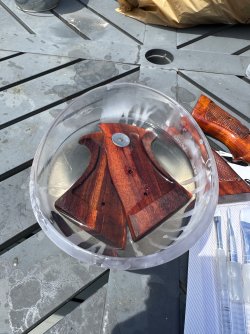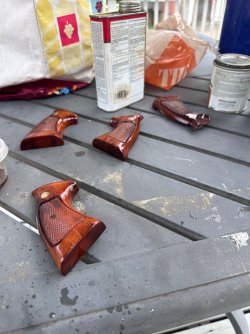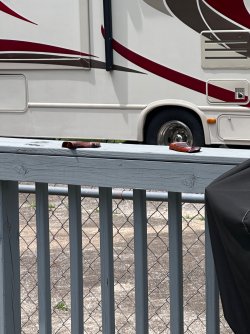Preserving American history is a tough job, but this English guy is all over it!
I can’t really pretend to know what I’m doing, but I’ve done this before with pretty satisfactory results…
However, would love to learn from a pro…
I can’t really pretend to know what I’m doing, but I’ve done this before with pretty satisfactory results…
However, would love to learn from a pro…






